There are many AI image generators you can use to create your own unique images, including Microsoft’s Bing AI, ChatGPT, DALL·E 2, DreamStudio, Freepik, and StarryAI, just to name a few, and more will come as artificial intelligence is rapidly evolving. But should you use them to generate images for your blog? I wouldn’t, and here’s why.
The legal landscape is still evolving around AI-generated images
Unlike traditional images, where the creator of a work holds the copyright, AI-generated images can be a complex matter even evolving legal issues. Determining the “creator” becomes challenging when it comes to AI-generated content. But basically, like using any other tool to create images, AI tools are considered exactly as what they are; Tools that humans use to create content, thus making them the primary creators.
But are we the creators? And do we own the rights to these AI-generated images?
The big issue comes with specific AI Image Generators using minimal to no human input. Who owns those copyrights? Probably the company that built the tool, but opinions differ. What is important though is that it’s still unclear whether AI can be recognized as a legal entity capable of holding copyrights.
But like any other tools or software, people tend to create open-source models and licenses they can use for their own personal or commercial projects, and that may result in a future where there may be new licensing restrictions that treat the open-source and proprietary models differently. Some countries have also started exploring ways to address these issues. However, the legal landscape is still evolving, and it’s too soon to know what the future for AI-generated images may hold.
Should you use AI-generated images in your blog posts?

With all that in mind, would you use AI-generated images for your blog? I wouldn’t, not until I know for sure that there won’t be a time when I will have to go back and replace all the images from my blog. Don’t get me wrong, I want to avoid any possible future where there’s a company that is suing me for using their work, a work created by an AI tool, and most specifically by my own commands.
As the legal landscape is trying to figure out what to do with AI-generated content, I’ll try to keep my own traditional ways of providing images for my content, excluding this one.
“Think about living in a country which puts up a new law that says that the government is banning AI-generated content until further notice, or until new laws can go into effect. Think about having a blog that displays hundreds of AI-generated images, how would that go?” A friend told me when we had a chat about the stock websites that we’re using for our content. And while this may sound like a fantasy in some countries, that’s the least of our worries if we ever face any legal issues.
Stock images vs. AI-generated images: Which is the better option?
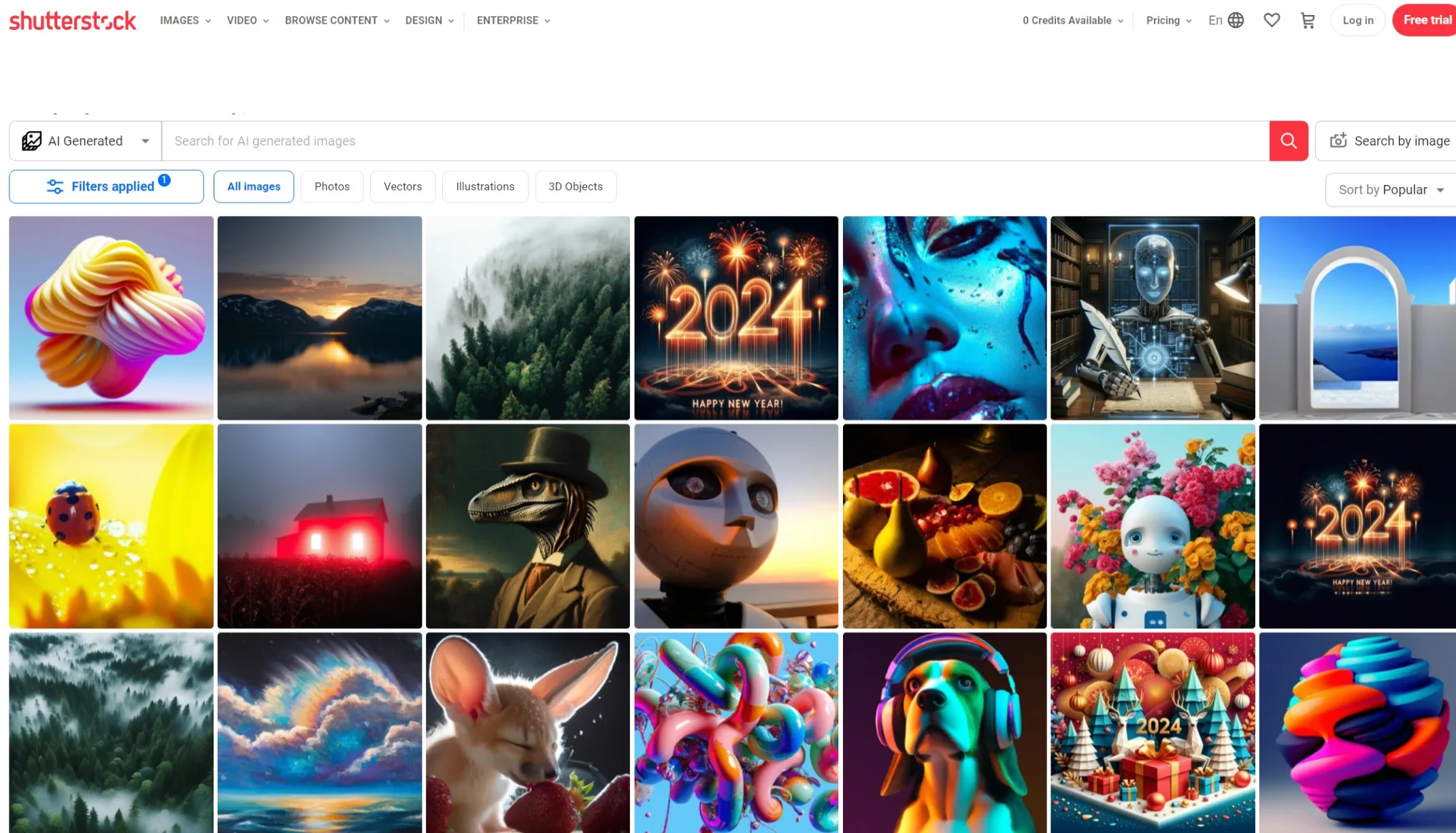
If you’re currently using premium stock sites that provide millions of professional and good-looking images for your website, then you may want to stay with them and not replace them just yet. AI-generated images have a long way to go, and you should only use them when you feel safe and many laws have been in effect.
Premium and well-known stock websites, such as Shutterstock, which is one of the most popular stock websites around, provide you with all the necessary licenses for every image you download. By using them, you’re making sure you won’t face any legal issues in the future, and rest assured that all your content can stay impacted. And if you are into AI-generated content, then you can download Shutterstock’s royalty-free AI-generated images.
If you are out of budget, you can use websites that offer free stock photos for personal and commercial use, including Unsplash, Pexels, and Pixabay, among many others. But you should only use specific images from these websites. For example, those websites mostly use a specific model that says that a user can only upload an image that he or she owns, and that way they also provide a licence for every individual or company that downloads their pictures and uses them for personal or commercial purposes.
What you need to know; When you download a picture for free from a stock website containing a model or any human being, you’ll probably need a model release from the photo contributor, which is a legal agreement between the photographer and the individual(s) and grant permission to use those images commercially. Not only most photographers don’t provide this license, but most of them don’t even know it actually exists and companies need it.
So make sure you’re only using images that don’t contain faces, and if they do, that you gained the model license from the photographer so you can rest assured that no one will be able to sue you for using them.
Using free AI-Image Generators
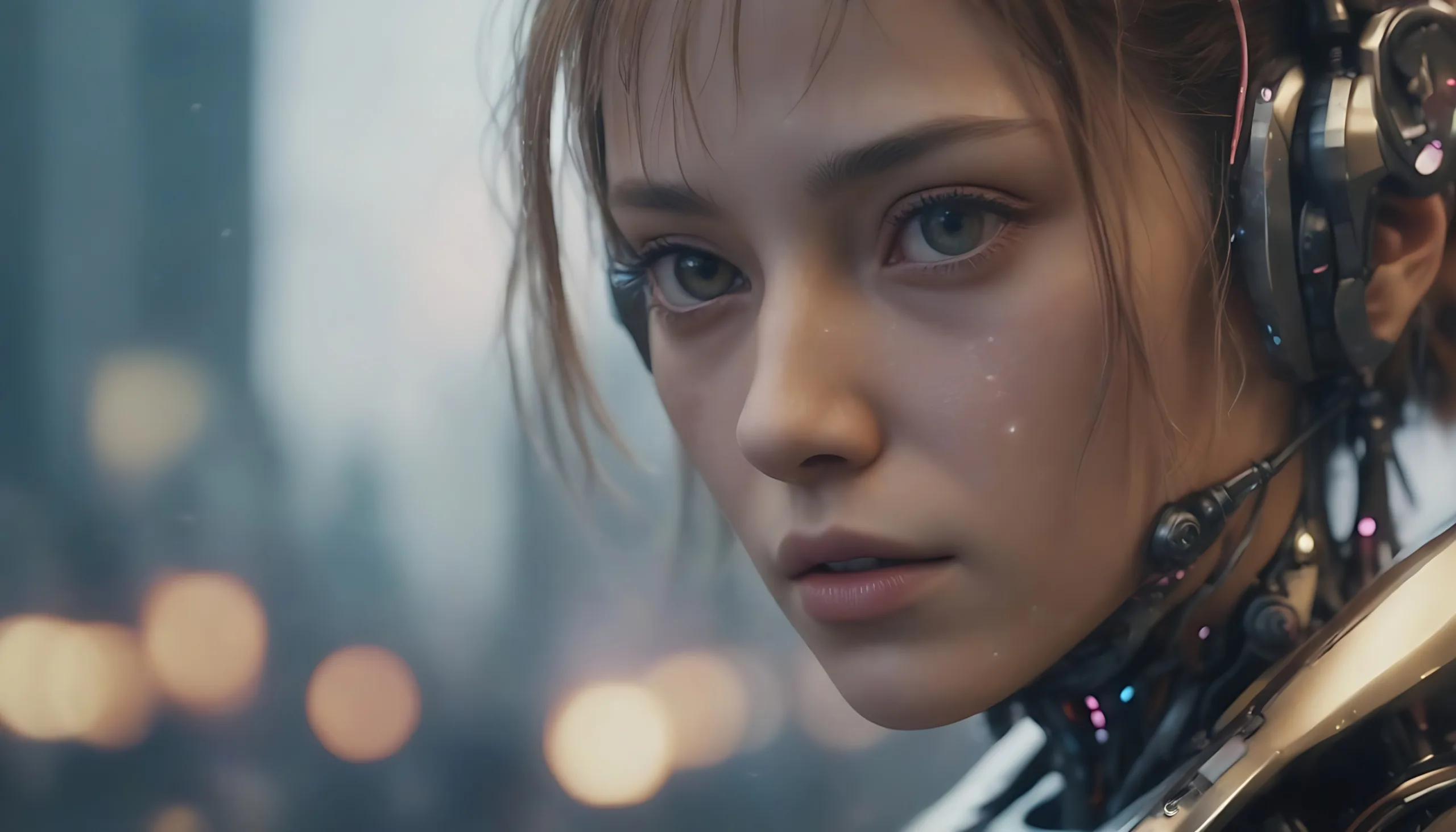
There are many websites that currently offer their own AI Image Generators that users can use for free but are limited to a specific number of creations. Let’s take as a good example Freepik’s AI Image Generator, which grants free users the ability to create 20 AI-generated images at no cost. But have you ever taken a look at their Terms of Use? Here’s what Freepik says about the AI-generated images:
“By creating AI Generated Content, the User grants Freepik Company a right to host the Inputs and Outputs on Freepik Company’s platforms, publish them on the Website, make them available to the other Users and use it to market and improve Freepik Company’s products and services.”
Freepik.com Terms of Use as of 01/13/2024, 4:36 PM (Greek Time).
So what does that mean? In short, the content you generate using Freepik’s AI Image Generator, the company behind it can simply use everything that you have created and use it for improving its products and services and providing it for its users. And that’s bad for professional content creators who looking at providing unique content for their blog visitors.
Conclusion: It’s all on you
If you don’t mind Freepik, or any other company for that matter, keeping and using “your work” for their own commercial purchases, or even making it available to other users, then go ahead and use them. But if you’re a solid blogger looking for a safe way to move ahead, I suggest you be more patient and wait until the legal landscape has evolved enough.
Until then, all of these AI tools will be improved a lot, making them easier to work with and better understand the commands that we are giving them. As of this moment of writing, most AI Image Generators may be very costly if you’re looking at creating complex images, as they are still trained to better understand what the user wants.
Until then, you may want to save your money and keep your traditional ways of providing images for your blog posts. That way, you will start using them when they get better and more robust, and when laws have been in effect and you know what you’re dealing with. If you’re a full-time blogger such as myself and want to provide more unique and “true” content to your visitors, being old-school isn’t always bad.
What are your thoughts on using AI-generated images? Have you ever used an AI Image Generator? And if so, what was your experience, and are you using them in your blog posts? I’d love to hear about your personal opinions, experiences, and what you’re currently using.


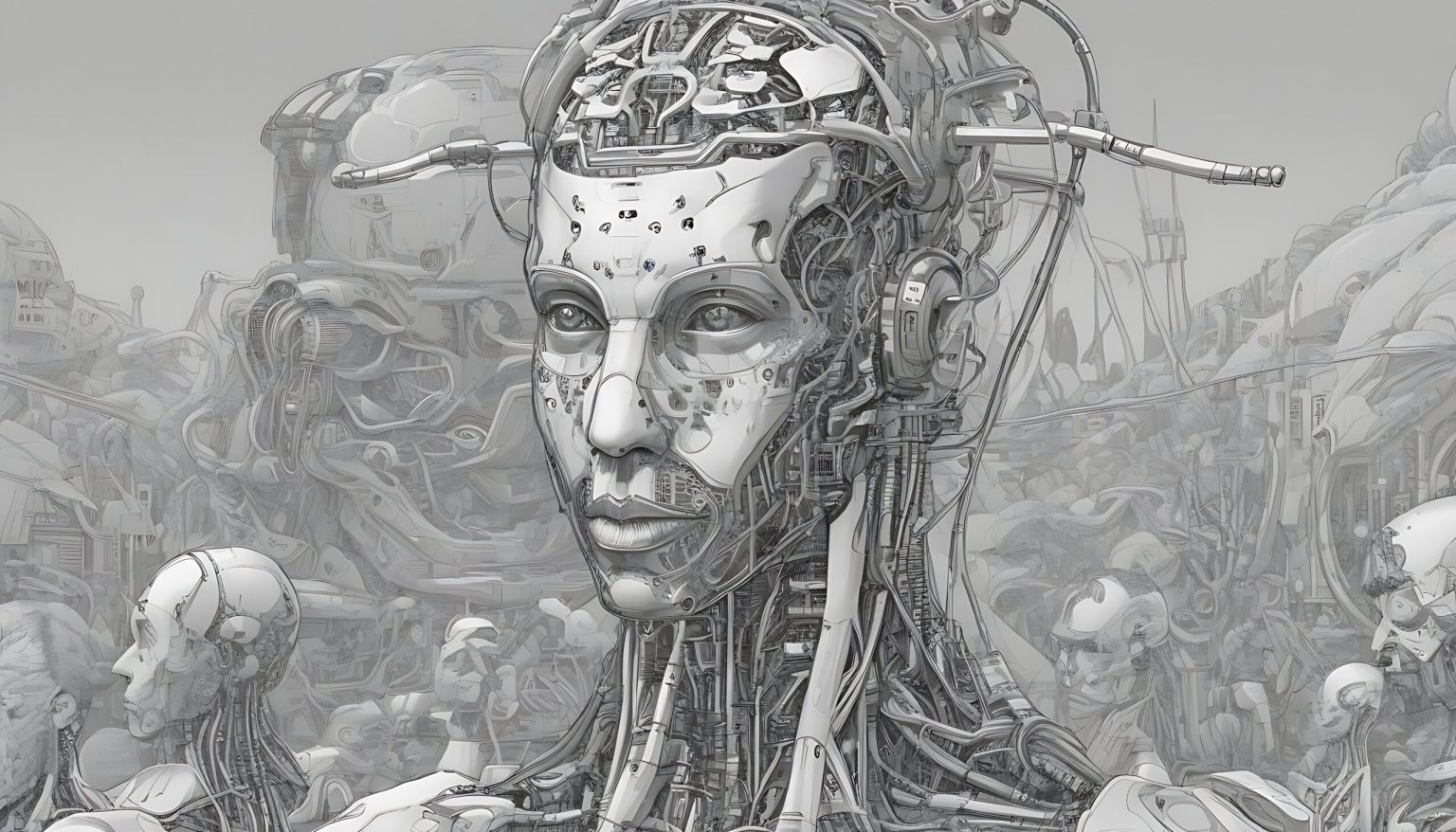


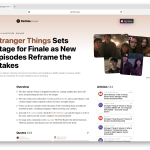
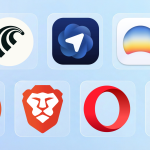
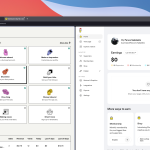


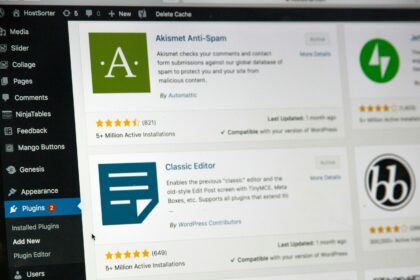


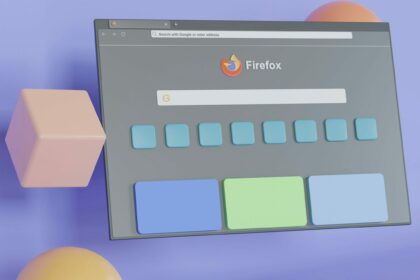


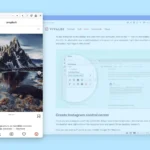

The best thing you should be telling us is about SEO and how Google looks at using AI generated content. I would wish to inform you that in this era of AI, Google cares less about Human generated and AI generated content. The main focus is on E.E.A.T and the credibility of the content you publish. The question is whether your content is verifiable and true and if what you say can influence someone make a decision or learn from it. There are so many websites that only post AI generated content and are ranking quite high on Google.
Couldn’t agree more with your comment! When it comes to content, E.E.A.T is important, even when using AI to help write an article, description, review, and so on.
While I was seeing reports alleging that Google “boosted” AI-generated duplicate content above original human-written content, Google’s March 2024 core algorithm update is penalizing sites made with AI-generated content [Source] which I think is a good start.
But still, I wouldn’t use AI-generated content for my blogs, as you never really know what the next algorithm update may do to that content or your overall rankings. I think this is the perfect time for content creators to be extra careful when using AI Chatbots to generate any information.
The best thing you should be telling us is about SEO and how Google looks at using AI generated content. I would wish to inform you that in this era of AI, Google cares less about Human generated and AI generated content. The main focus is on E.E.A.T and the credibility of the content you publish. The question is whether your content is verifiable and true and if what you say can influence someone make a decision or learn from it. There are so many websites that only post AI generated content and are ranking quite high on Google.
Couldn’t agree more with your comment! When it comes to content, E.E.A.T is important, even when using AI to help write an article, description, review, and so on.
While I was seeing reports alleging that Google “boosted” AI-generated duplicate content above original human-written content, Google’s March 2024 core algorithm update is penalizing sites made with AI-generated content [Source] which I think is a good start.
But still, I wouldn’t use AI-generated content for my blogs, as you never really know what the next algorithm update may do to that content or your overall rankings. I think this is the perfect time for content creators to be extra careful when using AI Chatbots to generate any information.